Hoss Hauksson: Daring Aargau Pinot to Go Higher
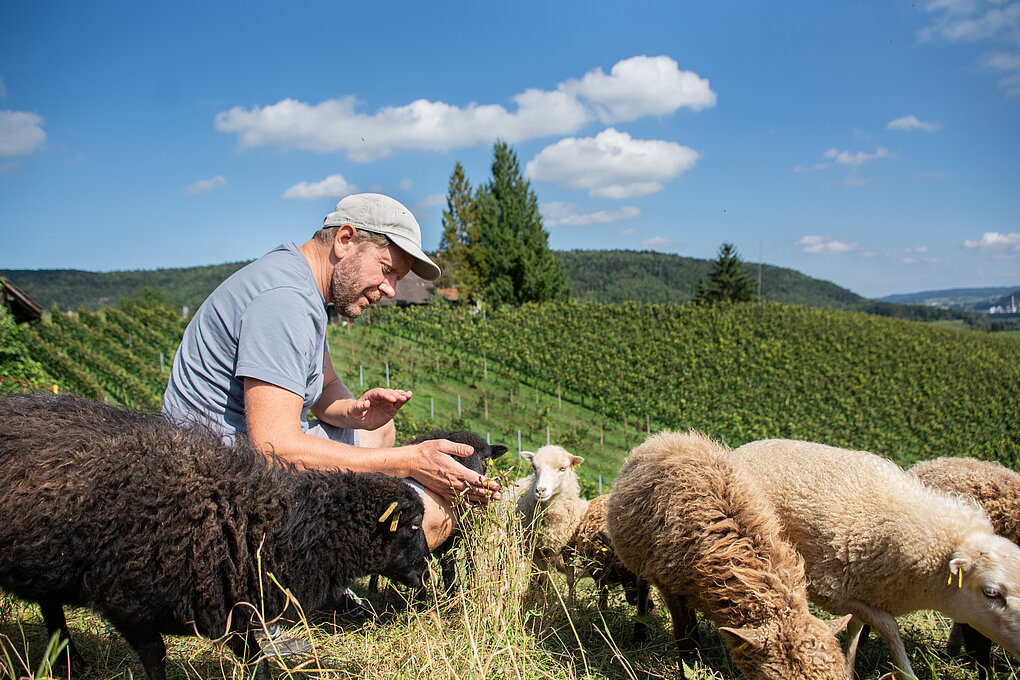
Hoss Hauksson is transforming his Pinot Noir vineyards in the Swiss Aargau into havens of ecological diversity.

Hoss Hauksson is transforming his Pinot Noir vineyards in the Swiss Aargau into havens of ecological diversity.
Liliana Schönberger is a biologist/ornithologist by training holding a PhD in avian ecology. She is a seasoned polar scientist and guide and being out there in the elements is what makes her the happiest. What fascinates Liliana in viniculture most, is a certain type of alchemy - a relationship and communication between vintner and vines. Since she moved to Switzerland she helps in a small family vineyard and uses this opportunity to understand better the most fascinating plant on Earth, and maybe even to initiate her very own inter-species dialogue with it.
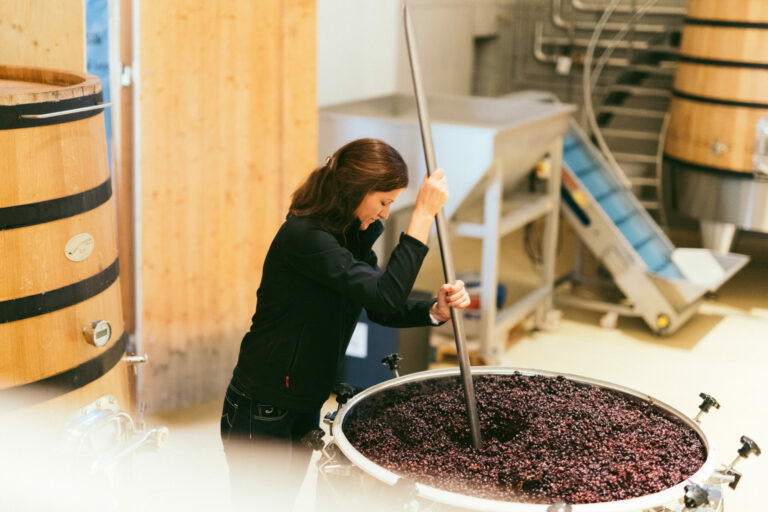
Weingut Blankenhorn It wasn’t love at first sight for Martin and Yvonne Männer of Weingut Blankenhorn in Schliengen. On a trip to Switzerland in spring 2015, they were initially disappointed by the Gutedel (a.k.a. Chasselas) they found there. Or, to be more precise: by how the vintners they encountered vinified it. But when they ordered a bottle of 18-year-old Chasselas Médinette Dézalay Grand Cru from Domaine Louis Bovard on their last night in Geneva, at the Michelin-starred Le Chat-Botté, they realized they had found the key to making a multifaceted, indeed divine Gutedel. Ever since, Langlebigkeit, or longevity, has been part of Weingut Blankenhorn’s DNA. Their wines tell a…...
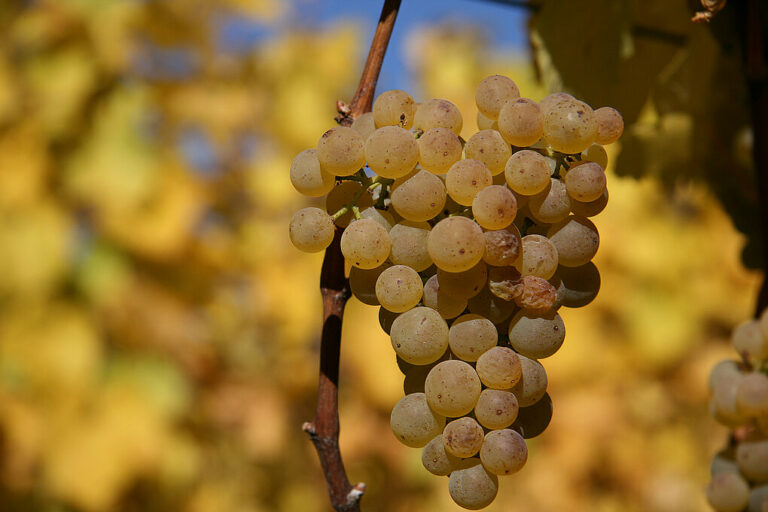
By traditional measures, my first year of college was a waste. I spent a lot of it playing cards with a gang of liberal theologians at a Jesuit university in California. Towering above the group was our guru, the truest Renaissance man I’ve ever met — priest, medieval scholar, professional clown, and director of his own traveling circus. He spent most of each year wandering from one Catholic university to another, plying his gift for persuasion. But he always made time for cards when he was in town. When not lobbying for Christ, he was partial to Texas Hold ’em,…...
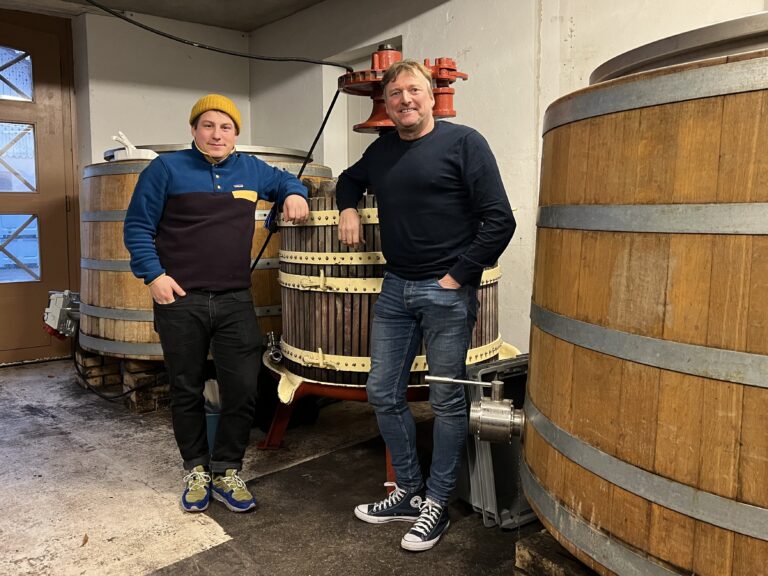
A Swiss winery benefits from the touch of the master of Markgräflerland.
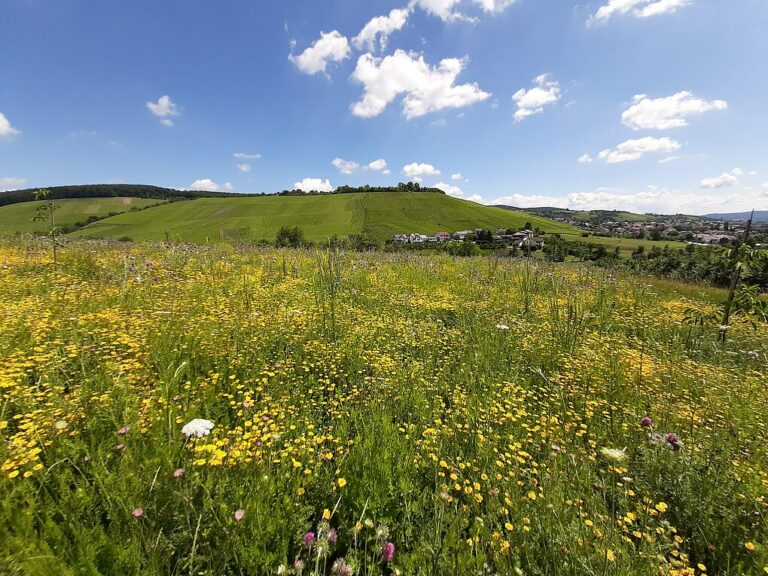
Germany offers a surprising array of rose wine styles. Elizabeth Gabay MW explores them here.
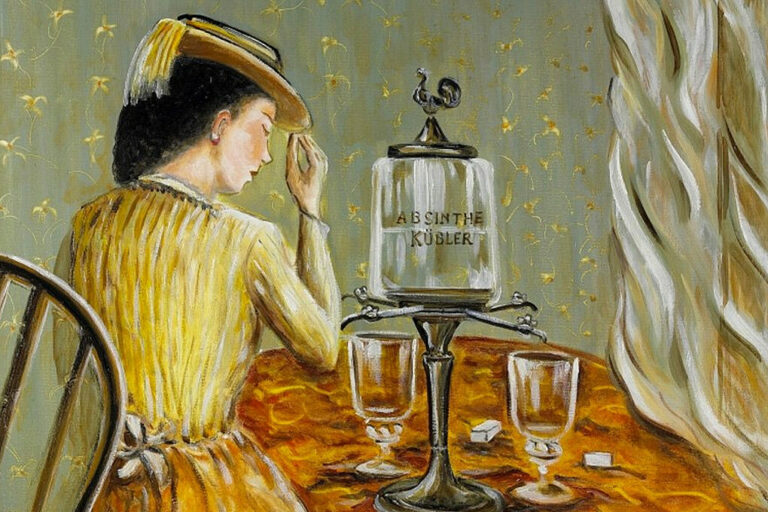
Banned and beloved, feared and revered, one would assume the birth story of absinthe to be as spirited as its character. Yet its quite conventional beginnings can be clearly traced back to the mild-mannered region of Val-de-Travers, Switzerland, below the limestone-cliffed Jura mountains, where a greenish-gray perennial that gave the herbal elixir its name thrives on the lush borders of the region’s forests and roadsides. And so it is that neither the what nor the where, but rather the who of absinthe’s beginnings that has been called into question, becoming only the first in a long twisted tale of controversy…...
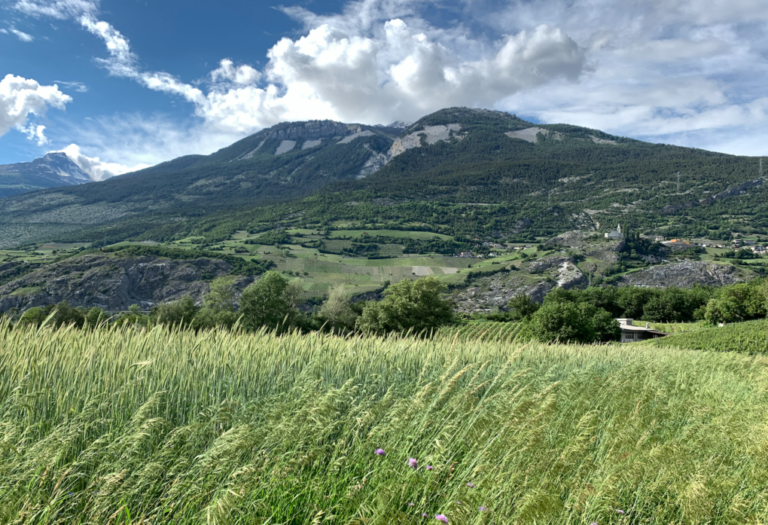
In a Swiss park, a footpath leads from Leuk, a village straddling the Rhone, up to Varen, which is perched on a cliff. The trail is steep and strewn with pebbles in early summer. But three lightfooted young people with small backpacks move at a steady pace, in the way the Swiss tend to do when they grow up hiking in the Alps. The trio checks a list of clues they picked up at the Leuk tourism office. This treasure hunt will take them along groomed trails for eight hours (several pauses included) to wineries within the extraordinary Pfyn Nature…...
Enjoy unlimited access to TRINK! | Subscribe Today